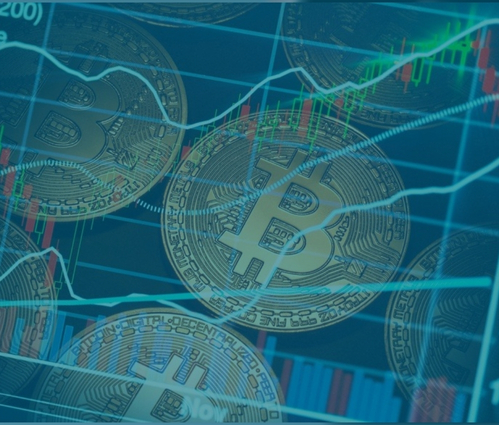- Fine wine offers steady, long-term growth with controlled price fluctuations, while Bitcoin’s extreme volatility presents both high-risk and high-reward opportunities.
- Fine wine’s centuries-old market is supported by scarcity, provenance, and established ecosystems, contrasting Bitcoin’s shorter, speculation-driven history.
- Fine wine appeals to risk-averse investors seeking diversification, while Bitcoin caters to those pursuing rapid investments.
Bitcoin has recently captured investment interest as it surged past the $100,000 (£80,000) benchmark for the first time in December last year, up from $45,000 (£36,000) at the beginning of 2024. With its meteoric rise fuelled by regulatory approvals for cryptocurrency exchange-traded funds and mostly the results of the US presidential election, Bitcoin demonstrated its ability to deliver unparalleled gains. Yet, crypto remains a high-risk asset defined by dramatic volatility. From its genesis in 2009, Bitcoin has seen multiple boom-and-bust cycles, with price swings of over 50% in both directions within a single year not uncommon.
By contrast, fine wine represents a markedly different asset class, appealing to those who prioritise stability and long-term appreciation. The fine wine market has a storied history spanning centuries, with values driven by scarcity, provenance, and global demand rather than speculative hype. While prices in the fine wine market can fluctuate, they tend to avoid the extreme volatility seen in cryptocurrencies. Instead, they enjoy steady growth that outpaces inflation and provides a reliable hedge against economic uncertainty.
Volatility
Bitcoin’s price chart tells a story of rapid ascents and precipitous falls. For example, its 2017 bull run saw prices climb from £800 ($1,000) to nearly £16,000 ($20,000) only to crash to £2,400 ($3,000) the following year. Similar patterns occurred in 2021 and again in 2024, leaving investors questioning when the next downturn might strike.
Fine wine, on the other hand, avoids such dramatic shifts. Prices typically rise or fall within a controlled range, supported by consistent demand from collectors and investors worldwide.
Historical context
Cryptocurrencies are a product of the digital age, with Bitcoin gaining widespread attention only over the past decade. Its rise has been driven by speculative interest, technological innovation, and the allure of decentralisation. However, its short history leaves it vulnerable to regulatory uncertainties, technological disruptions, and shifting investor sentiment.
Fine wine, conversely, boasts a legacy that stretches back centuries. Iconic regions like Bordeaux, Burgundy, and Tuscany have long been synonymous with quality and value. Investments in fine wine are supported by an established ecosystem of producers, merchants, and auction houses. This historical grounding provides a level of security that new asset classes like cryptocurrency struggle to match.
Market performance
One of the defining features of fine wine as an investment is the importance of regional performance. For instance, Burgundy has risen 550% on average over the last twenty years, with some wines achieving returns of over 1,500%.
The world of fine wine has its own higher risk and higher return investments but it also offers a range of reliable long-term performers. This is why building a fine wine portfolio requires expertise and careful curation. A well-diversified portfolio includes big brands but also undervalued wines and vintages from a variety of regions which can see their value rise based on demand, critic scores, age or other intrinsic factors.
Liquidity: fast vs steady
Liquidity is another key difference between fine wine and crypto. Bitcoin can be bought and sold 24/7 on global exchanges, making it one of the most liquid investments available. However, this liquidity can exacerbate price swings, with significant moves often triggered by news events or changes in market sentiment.
Fine wine, while less liquid, offers a more controlled market environment. Secondary sales typically occur through investment companies and trading platforms, with prices reflecting a stable and growing investor base. This slower pace can be an advantage for investors seeking to avoid speculative bubbles.
Diversification and portfolio strategy
In today’s investment landscape, fine wine and cryptocurrency appeal to very different investor profiles. Bitcoin caters to those seeking high-risk, high-reward opportunities, while fine wine offers steady, long-term growth and diversification. Incorporating both into a portfolio can provide balance, but the emphasis should align with an investor’s risk tolerance and financial goals.
Fine wine also underscores the importance of expertise. A portfolio focused on iconic regions and proven vintages can deliver strong returns, with minimal exposure to the broader market’s ups and downs. As seen in the market of 2024, the best-performing wines relied on deep knowledge of regional trends and intrinsic dynamics.
WineCap’s independent market analysis showcases the value of portfolio diversification and the stability offered by investing in wine. Speak to one of our wine investment experts and start building your portfolio. Schedule your free consultation today.

